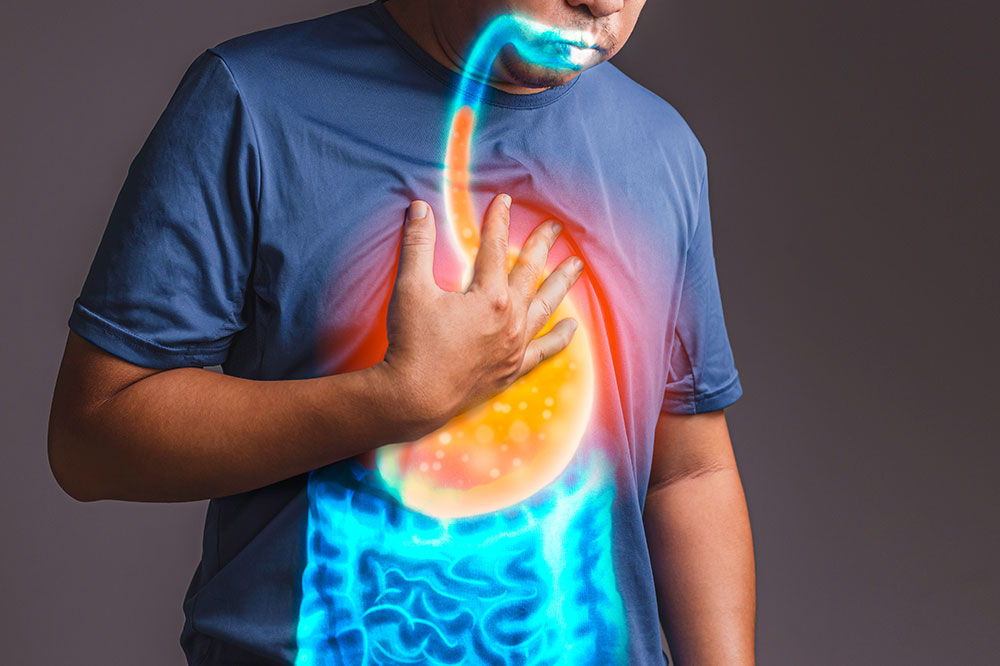
The Differences Between GERD and Acid Reflux
We all know that a burning sensation in our chest is known as heartburn. However, did you know that the heartburn that has been around for a week can signify gastroesophageal reflux disease (GERD)? What’s the difference between GERD and acid reflux? Knowing the answer to this question will help you avoid the problem and seek timely treatment. Let us discuss them both in detail.
1. Acid reflux
Once you swallow your food, it travels down your esophagus and into your stomach. It is here that the lower esophageal sphincter (LES), a ring muscle, activates to keep your food inside the stomach. But over the years, due to poor lifestyle and eating habits, this muscle can become weak that can make the acid leak from the stomach and into you esophagus, thereby irritating the lining. This is known as acid reflux. Here are the most common symptoms of acid reflux.
- A burning sensation in your chest that can last for a few minutes to a couple of hours.
- Pressure in your chest that can get worse when you lie down or bend.
- Bitter and sour acidic taste in the back of your throat
- Heaviness in your chest that feels as though the food is still stuck in your throat.
2. GERD
When acid reflux becomes a persistent problem and appears a couple of times in a week, you are said to have GERD. Since both have similar symptoms, such as burning in your chest, you may also experience dry cough and trouble swallowing.
People who don’t know the difference between GERD and acid reflux, often mistake it to be just a simple heartburn. However, your primary doctor will be able to perform an accurate evaluation by examining your symptoms, its severity, and frequency.
GERD treatment starts with lifestyle changes before your doctor prescribes medication. These medicines work to reduce the amount of acid in your stomach.
Lifestyle tips to prevent acid reflux and GERD
Your doctor may also prescribe medication that can treat heartburn. It is also possible to overcome the symptoms of acid reflux and GERD by making some lifestyle changes. Some of them are listed below.
1. Avoid trigger foods
Eliminate all spicy, acidic, and fried foods from your diet that are responsible for triggering acid reflux.
2. Sit straight when eating
If you are eating a big meal, consider sitting upright to optimize digestion. You must also take your last meal at least 2-3 hours before bedtime.
3. Reduce weight
If you are obese or overweight, consider following a caloric-deficit diet to reduce body weight. You can also include some exercises to your daily routine.
4. Quit smoking
Regular smoking can weaken the ring muscle. Therefore, quit smoking to overcome the acid reflux problem.
If you have persistent symptoms that are interfering with your everyday life, schedule an appointment with your doctor right now.



